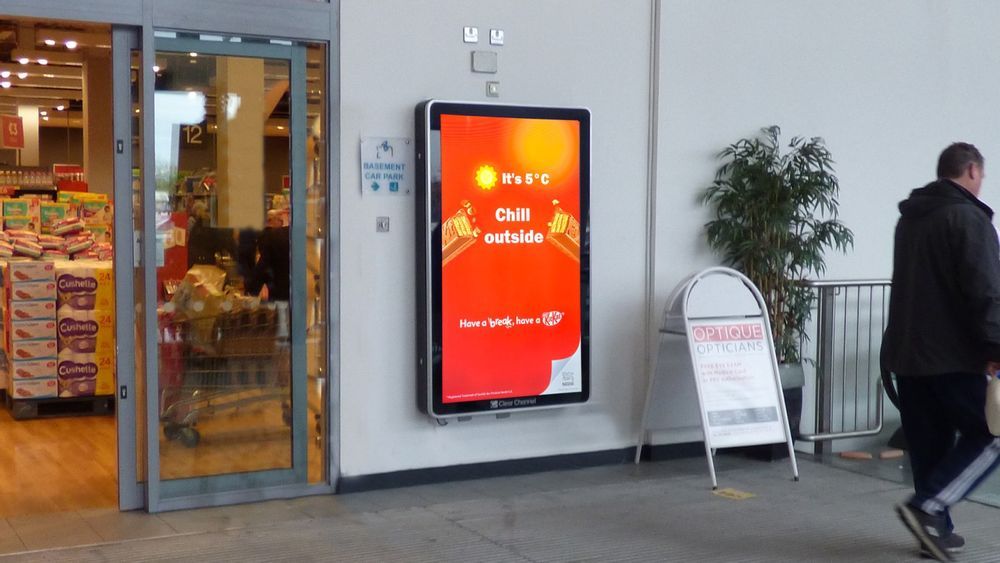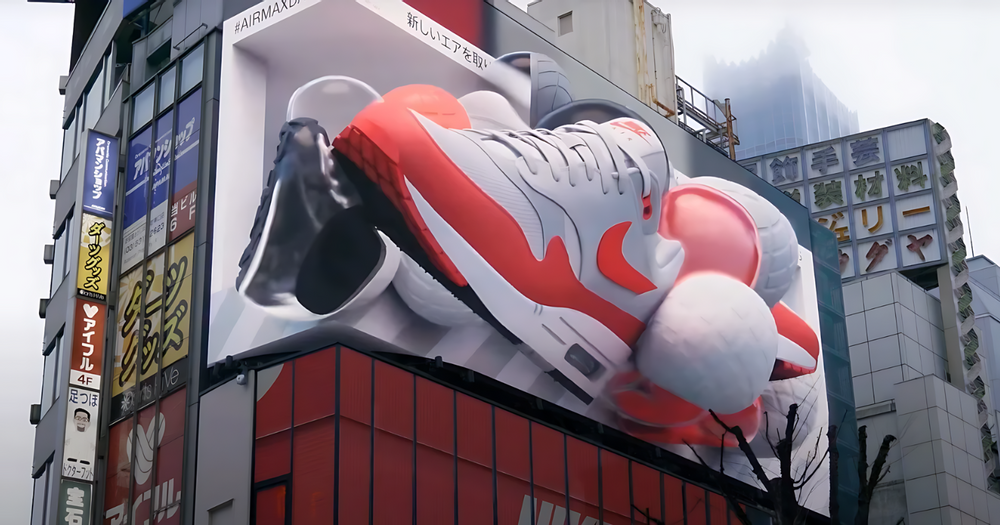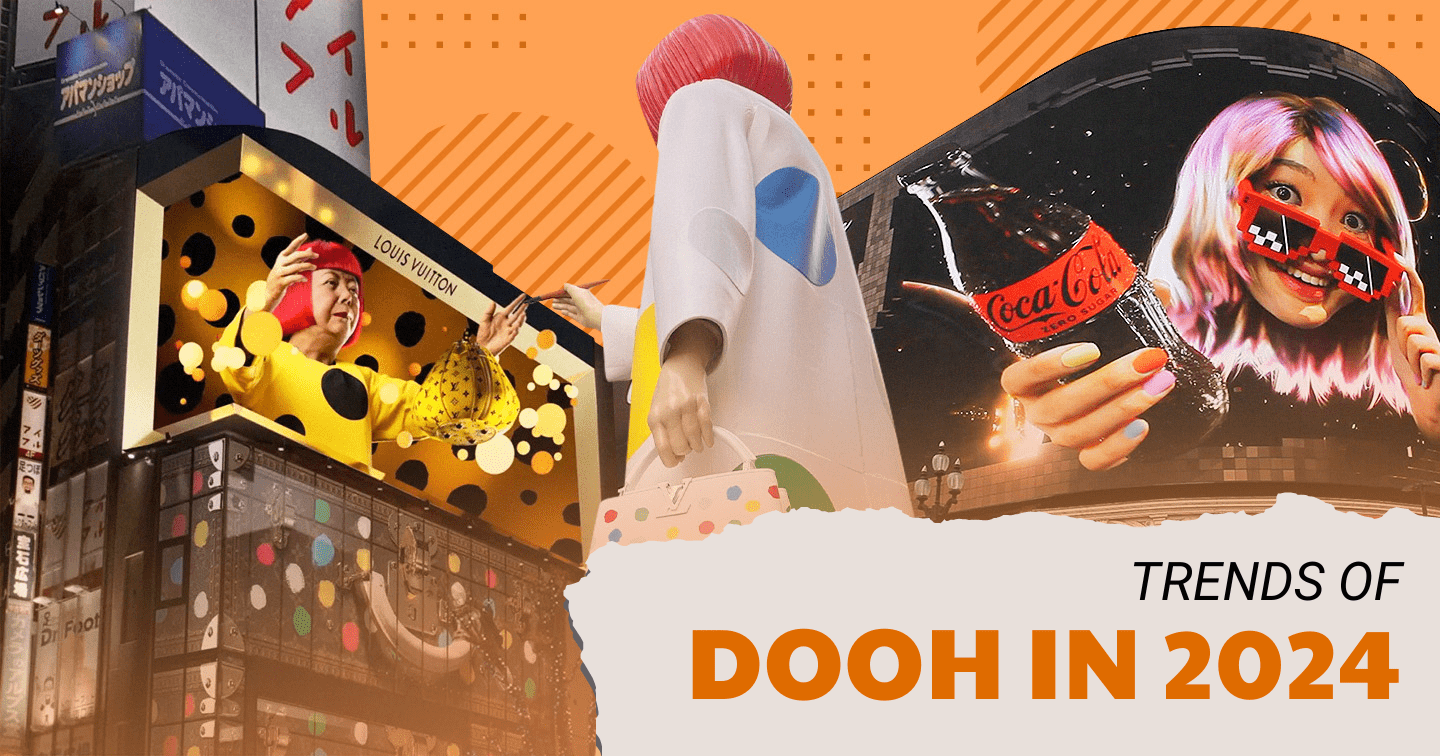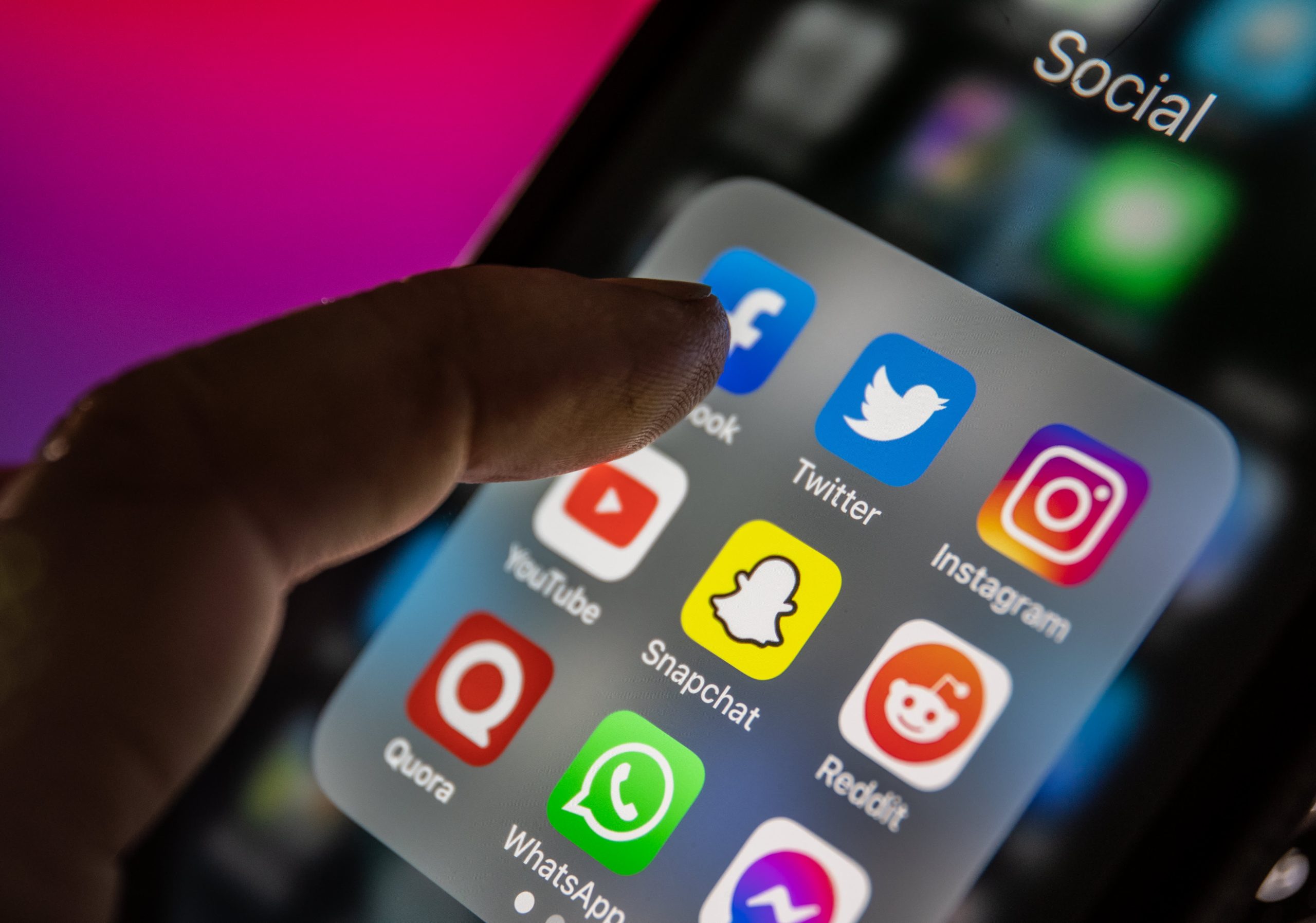Thanks to the continuous advancements in technology, 3D digital screens, and anamorphic lenses, brands can showcase images in the most captivating and bold ways, leaving a profound impression on consumers’ minds.
Coca-Cola made an impression with the 3D billboard placed in Times Square and shopping centers across the United States
3. Faux OOH
With computer-generated imagery (CGI) technology, brands can easily create impressive images or videos of OOH construction models. Although these are all models that don’t exist in real life, they still have the power to attract attention and generate online discussions due to their bold ideas and surprisingly reality.
Faux OOH for Maybelline’s Lash Sensational Sky High mascara in July 2023
4. Interactive elements
Unlike traditional OOH, which only conveys one-way information, DOOH aims to interact with viewers in various ways. Interactive OOH is the most effective form of DOOH that embodies this goal.
Therefore, the brand will add QR codes to direct viewers to desired content, or integrate AI/AR to customize images on OOH based on viewers’ movements,…
McDonald’s transforms billboards into small pickup trucks – where passersby can directly interact to earn vouchers
DOOH Trends in 2024
1. Programmatic DOOH will continue to grow
The adoption of programmatic DOOH is expected to escalate as more brands become aware of its huge potential. Programmatic technology empowers advertisers to automate the buying and selling of ad space, ushering in a new era of data-driven, highly targeted campaigns.
Using trigger-based buying, brands can deliver tailored messages to the right audience, in the right place, at the right time. The impact of each interaction can be maximized, providing greater cost efficiency to advertisers alongside the cost savings of an automated process.
With programmatic DOOH, brands can adjust campaigns in real-time. This flexibility paves the way for more agile and adaptive advertising, resulting in highly optimized campaigns.
2. Omnichannel strategies to dominate
An omnichannel approach ensures that brands maintain consistency in messaging, creating a cohesive experience across different touchpoints. This helps to reinforce brand identity and build stronger brand recall among consumers.
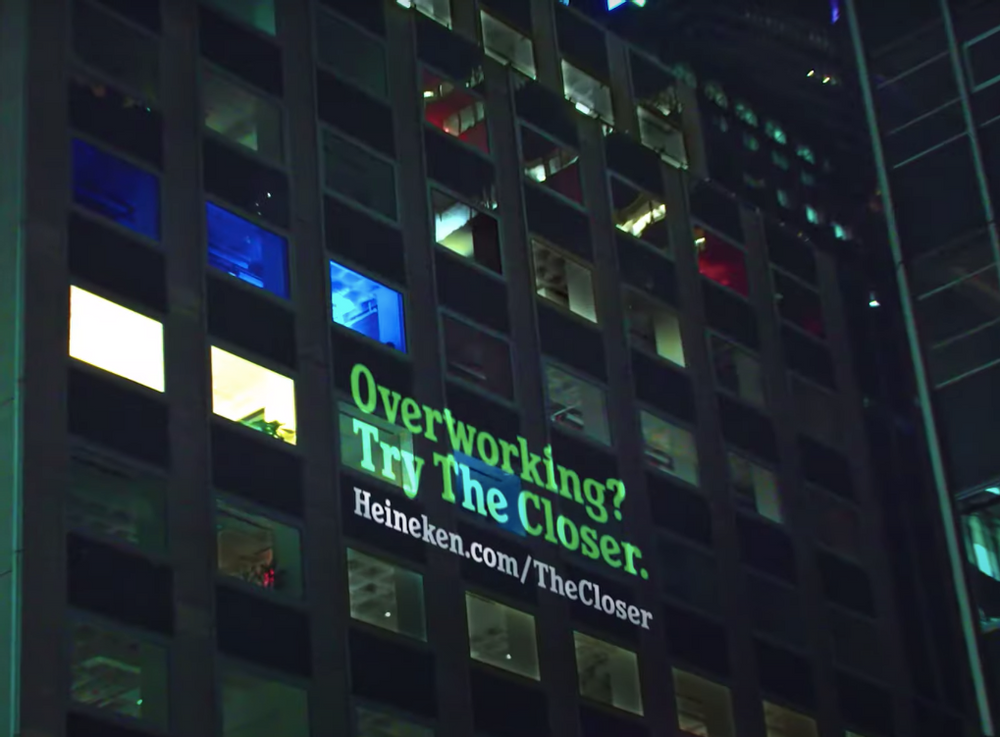
Billboard with attached links leading to the Heineken website
In 2024, more brands will be using DOOH to amplify other channels, and vice versa. In particular, DOOH advertising is expected to become more integrated with social media marketing.
By doing this, advertisers won’t just widen their reach and stand out in a competitive online landscape. They’ll also gather valuable cross-channel data that provides a comprehensive view of audience behavior, offering insights that can inform future decision-making.
3. Increased focus on hyperlocal and contextual advertising
Contextually relevant advertising increases effectiveness and helps to cultivate a more positive brand association among consumers. DOOH’s dynamic capabilities make it easy to deliver hyper-relevant advertising at scale. So this trend will gain momentum in 2024.
Through embracing dynamic DOOH, brands can deliver personalized content that enhances the customer experience and improves engagement. The creativity that audiences see can be adapted depending on contextual factors like weather, time of day or even cultural events.
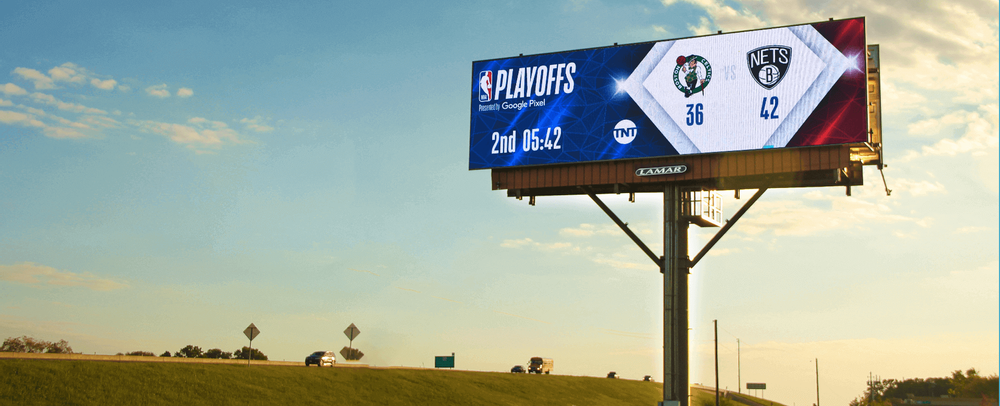
The NBA updates the scores of ongoing matches on billboards to attract audiences nearby
For businesses with multiple locations, hyperlocal targeting and messaging can drive foot traffic to specific stores. This increases awareness of physical locations and propels in-store sales.
Dynamic OOH or Interactive OOH are two suggested options worth considering for brands.
4. Environmental sustainability
Some organizations are wary of DOOH for the sole reason that it takes electricity to power. And this is rightfully so; global energy consumption is a problem that brands are all responsible for fixing.
In the coming year, the climate crisis will most likely continue to be a leading issue in the world. The DOOH industry must respond to this by introducing sustainable elements, such as using renewable energy sources, LED lighting and solar-powered displays.
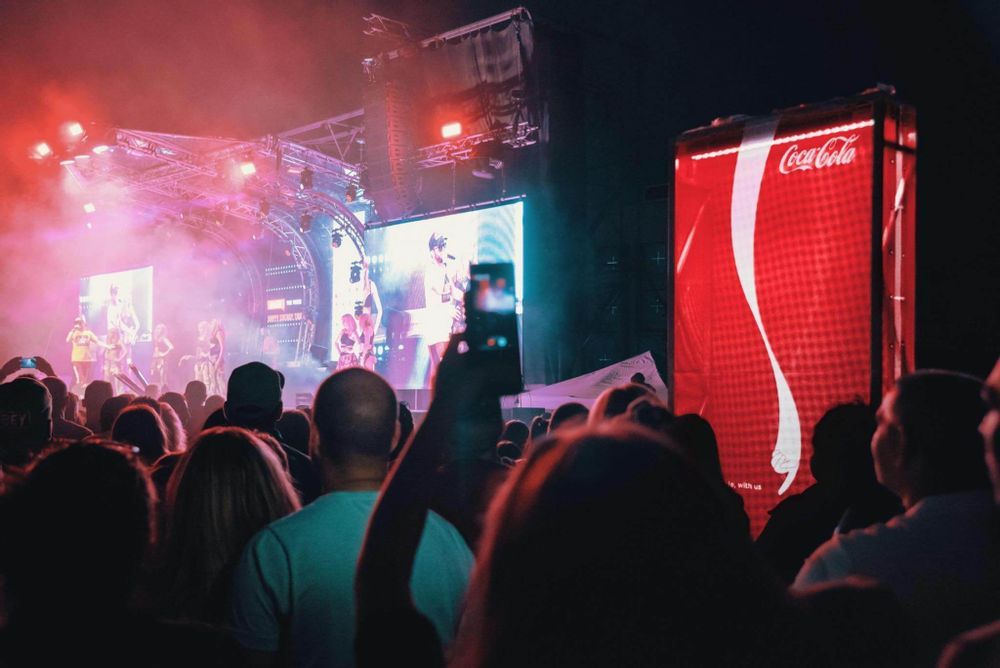
The LED screen calls on the audience to dispose of trash in designated areas by Coca-Cola
5. Private spaces become more popular
As public spaces (bus stops, streets, etc.) face increasing competition as well as pressures from government regulations, private areas are gradually gaining popularity.
Furthermore, placing DOOH in convenience stores, gym facilities, office buildings, etc., helps brands narrow down the target audience who will be exposed to the advertising message. From there, marketing content can be more personalized and relatable.
Conclusion
The future of digital out-of-home advertising in 2024 promises significant changes and advancements. By integrating A.I and ML, as well as leveraging advanced measurement and analytics technology, the potential of DOOH is substantial. The development of utilizing private spaces opens up many opportunities for brands and enhances advertising effectiveness.
—
Brancher.X is proud to be the fastest-growing media agency in Vietnam, ranked by RECMA in 2022. With an exclusive Big Data system, we are committed to providing specialized Digital and Social services, helping brands create meaningful connections with customers.
Source: Brancher.X, Clear Channel
RELATED POSTS

Publishers worldwide are going the extra mile to achieve their yearly goals during the second half of the year when many prestigious book awards are given to the worthiest titles and authors. Vietnam’s publishing industry is no exception. In particular, Vietnam National Book Award has recently announced its winners and introduced many original and outstanding books to a large audience.

According to a recent Decision Lab survey, Vietnamese believe that corporations can do much more to protect the environment in Vietnam.

Launched in 2019, TikTok has officially been Vietnamese’s favorite short video platform in Q4 2021, despite tough competition from Instagram Reels and YouTube Shorts.
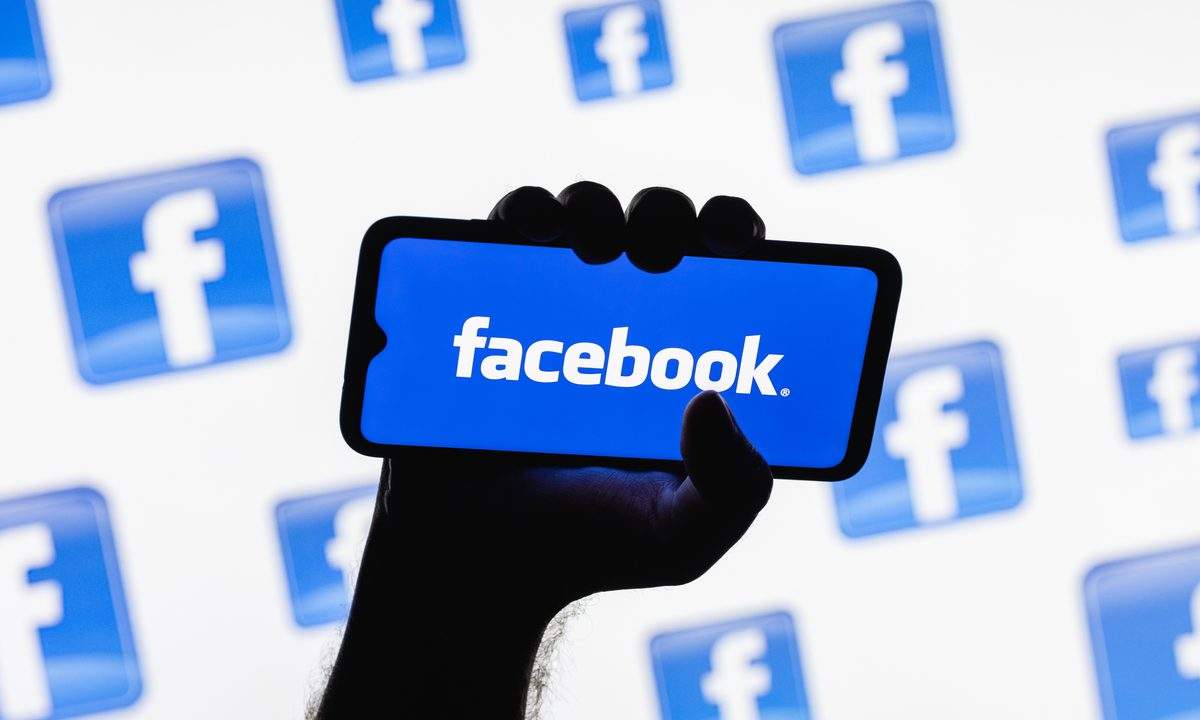
Taking advantage of social media management software benefits will increase the likelihood of your Facebook marketing efforts becoming successful. Facebook has proved useful in certain business areas, among them marketing, customer service, and even collaboration. Hence, it makes sense that using Facebook in conjunction with top social media management tools would ensure optimal outcomes. To give you a better idea of what’s in store for the platform, we have looked at the latest Facebook trends.

The end of the third-party cookie doesn’t have to be the end of getting good, useful data. Here are six tactics marketers can use with first-party and zero-party data to keep marketing automation programs working.
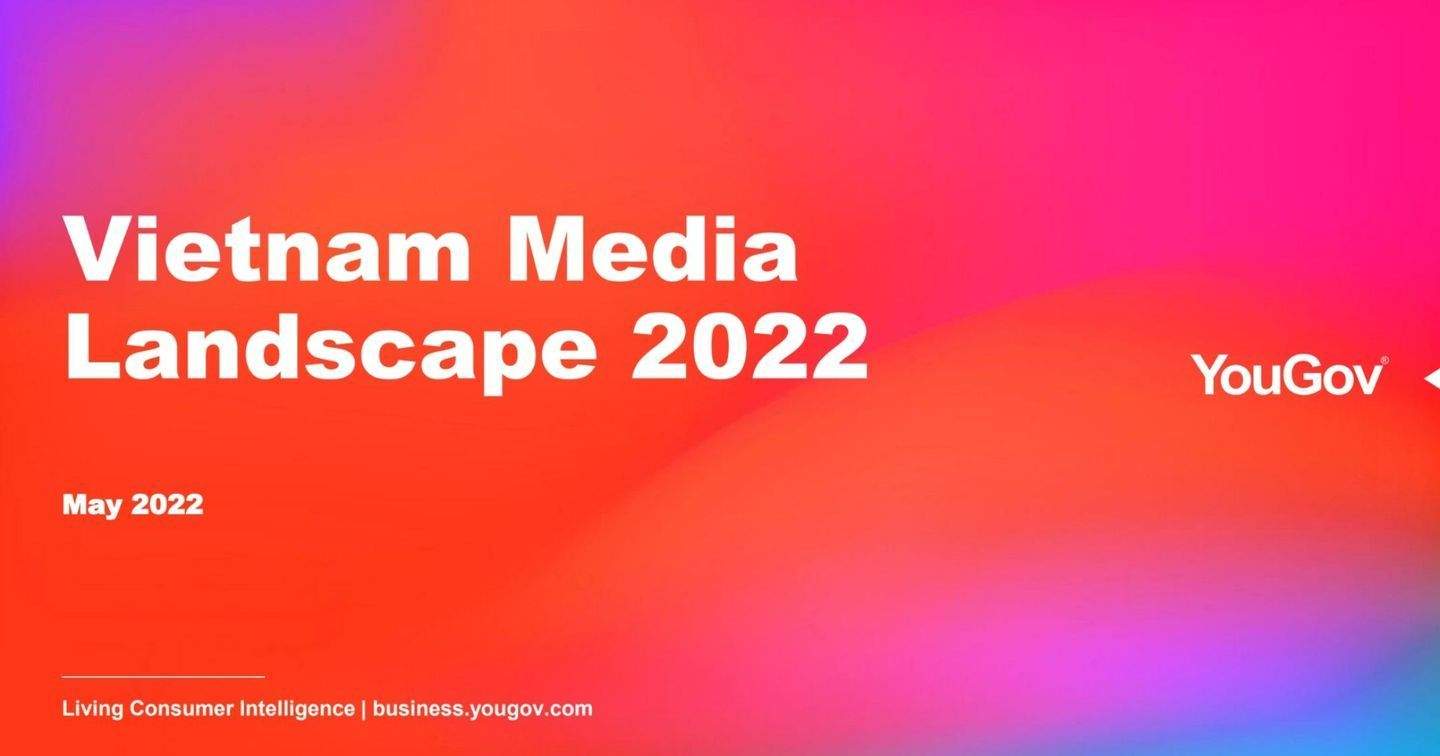
Media consumption in Vietnam soared as people watched, listened, and surfed online more often in 2021, according to new research from YouGov. The first-ever ‘Vietnam Media Landscape’ report, based on interviews with 2,369 people right across the country, also found that this growth in consumption continues to rise in 2022, with streaming and on-demand services shaking up the traditional media environment.

Networld Asia's communications ecosystem comprises of 6 key companies: Brancher.X, a market-leading data-driven media agency; The Meaningful Agency (TMA), a creative agency with purpose-at-its-core; RED Communications, a PR & media relations agency with deep expertise in Health & Wellness; Networld Publishing, a content creation company; Networld Solutions, an Ad-tech & Mar-tech company; and MayBi, an E-Commerce incubator with its own viable High-Street fashion label.





